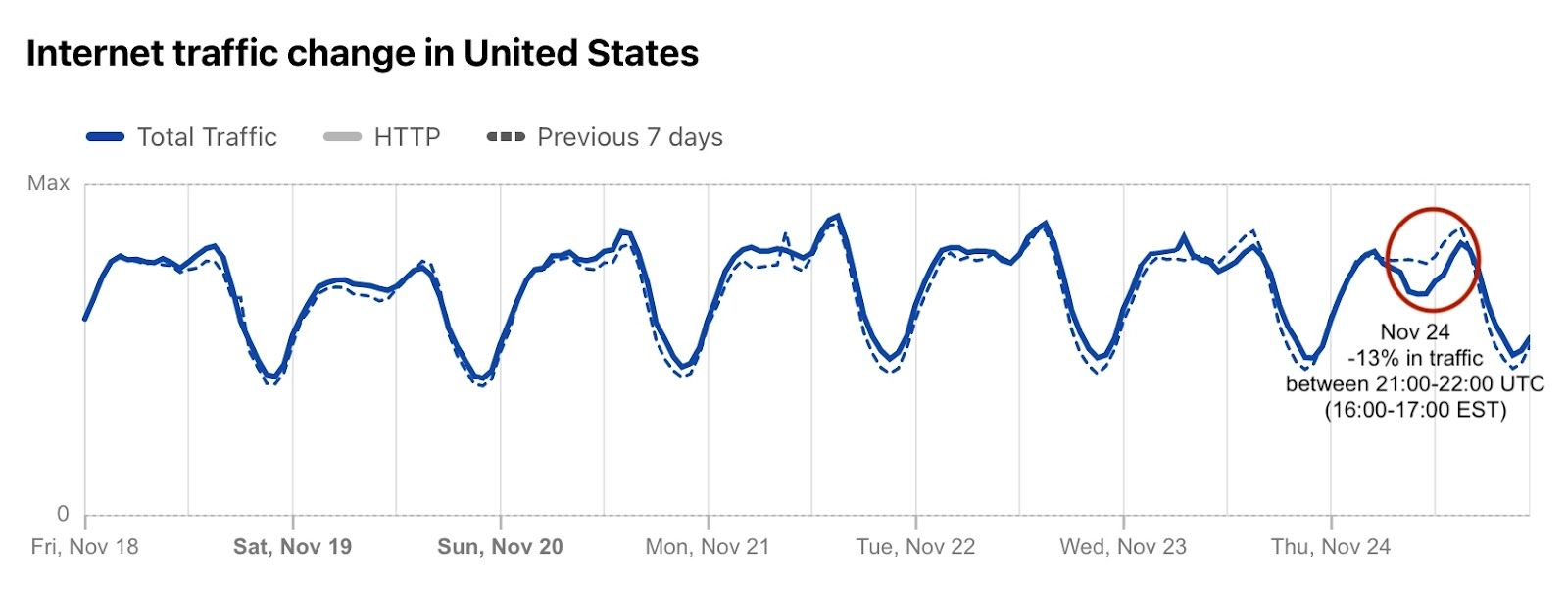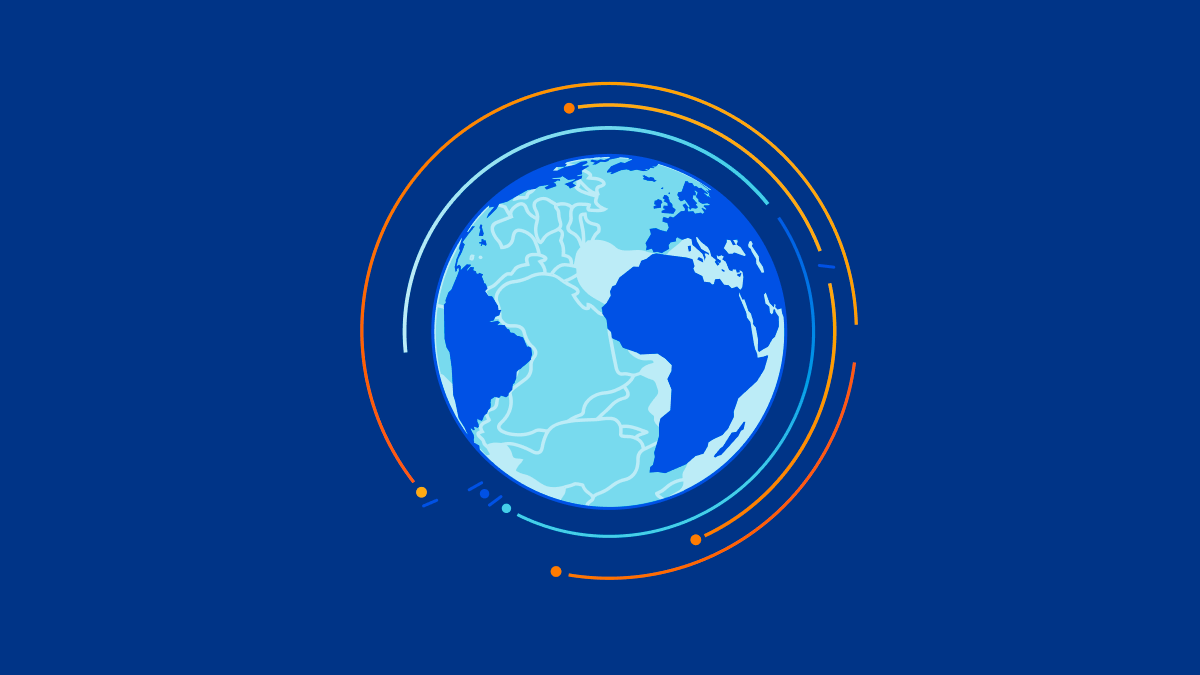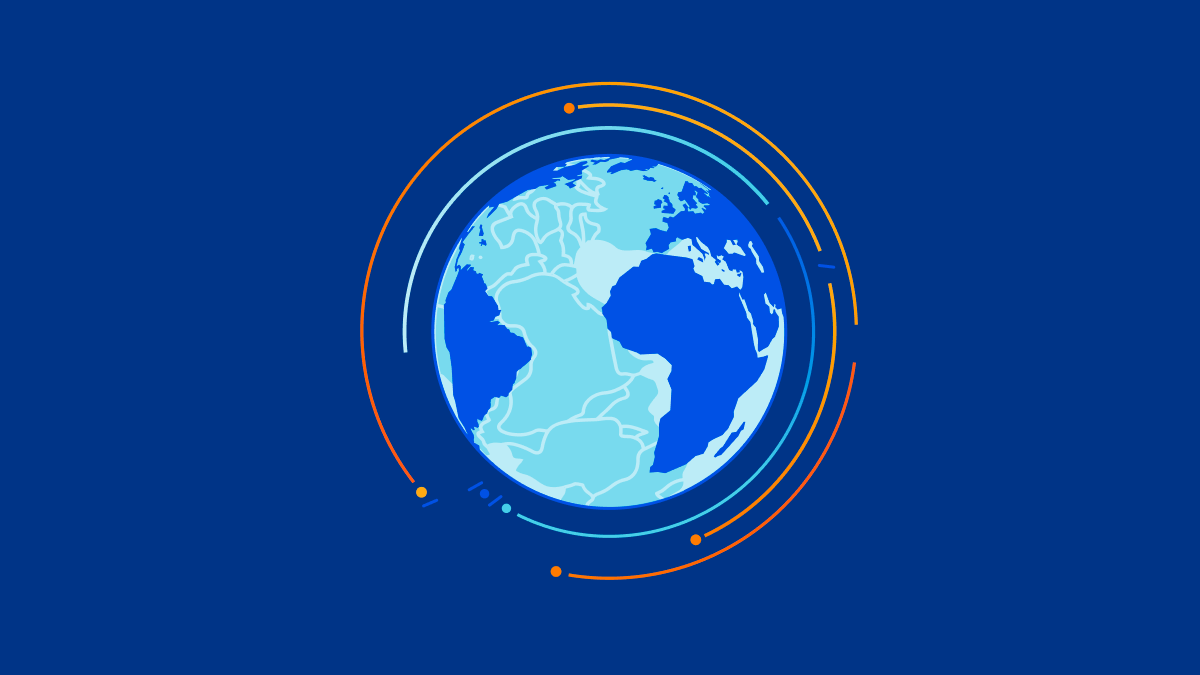Walking on Clouds with Ansible
Today is a good day, and when it's a day like this we often feel like we are walking on clouds. With this latest announcement for the newest Red Hat Ansible Certified Collections available to our customers on the 28th of November, I am sure many cloud practitioners will be anticipating what the future will bring for their cloud automation.
Over the last few months, there has been a fair amount of activity in the Ansible team showing how Red Hat Ansible Automation Platform can extend and connect different technologies. This has been a crucial component of Ansible’s success in cloud automation for many customers.
Cloud automation requires the ability to perform many different complicated tasks and cover just as many domains. Often, organizations have different technologies to meet specific requirements and needs. One of the technologies widely used is Terraform.
We have done a number of blogs recently on the topic, ranging from a simple example of using Terraform with Ansible Automation Platform - Terraforming Clouds with Ansible, to in-depth looks at the differences between the tools - Ansible vs Terraform Demystified and Ansible vs Terraform, clarified. AnsibleFest 2022 even featured a lab where we Continue reading





